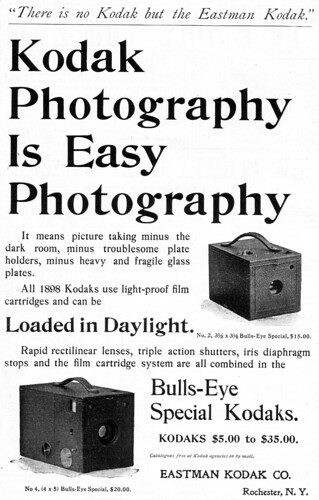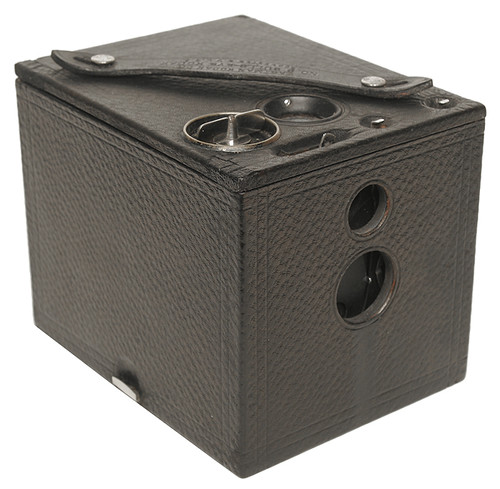Difference between revisions of "No. 2 Bulls-Eye"
m (grammar) |
Hanskerensky (talk | contribs) m |
||
| Line 1: | Line 1: | ||
{{Flickr image | {{Flickr image | ||
| − | | image_source=http://www.flickr.com/photos/89864432@N00/1800290499/in/ | + | | image_source=http://www.flickr.com/photos/89864432@N00/1800290499/in/pool-camerawiki/ |
| image=http://farm3.static.flickr.com/2139/1800290499_bf2b353adb.jpg | | image=http://farm3.static.flickr.com/2139/1800290499_bf2b353adb.jpg | ||
| image_align=right | | image_align=right | ||
| Line 6: | Line 6: | ||
}} | }} | ||
{{Flickr image | {{Flickr image | ||
| − | | image_source=http://www.flickr.com/photos/ricksoloway/2230174789/in/pool- | + | | image_source=http://www.flickr.com/photos/ricksoloway/2230174789/in/pool-camerawiki |
| image=http://farm3.static.flickr.com/2003/2230174789_70c9c06abe.jpg | | image=http://farm3.static.flickr.com/2003/2230174789_70c9c06abe.jpg | ||
| image_align=left | | image_align=left | ||
Revision as of 17:04, 27 March 2011

|
| No. 2 Bulls-Eye Special in ad of 1898 |

|
| Kodak No. 2 Bulls-Eye |
The No. 2 Bulls-Eye was introduced in 1892 by the Boston Camera Manufacturing Company. It was the first rollfilm camera with a red window as the exposure number indicator. That was possible since rollfilm was paper-backed. Maybe the red-blindness of early film material was the reason to choose red as the color of that window. Kodak copied the camera as No. 2 Bullet camera in 1895, and paid a patent license fee to the original manufacturer for the red window patent. Later Kodak took over the other camera maker. "Bulls-Eye" became a camera brand of Eastman Kodak.
The No. 2 Bulls-Eye Special was a higher-quality variant of the No. 2. It had a Rapid Rectilinear lens of Bausch & Lomb, an iris diaphragm and a Kodak "Triple action" shutter.
links
- Bullet vs. Bulls-Eye and No. 2 Bulls-Eye Special at BoxCameras.com [1]]
- No. 2 Bulls-Eye at Museum of the History of Science, Oxford [2]
- manual at Michael Butkus Jr.'s [3]
- N°2 Bull's Eye Special camera at The Old Album [4]
- N°2 Bull-Eye at Sylvain Halgand's www.collection-appareils.fr